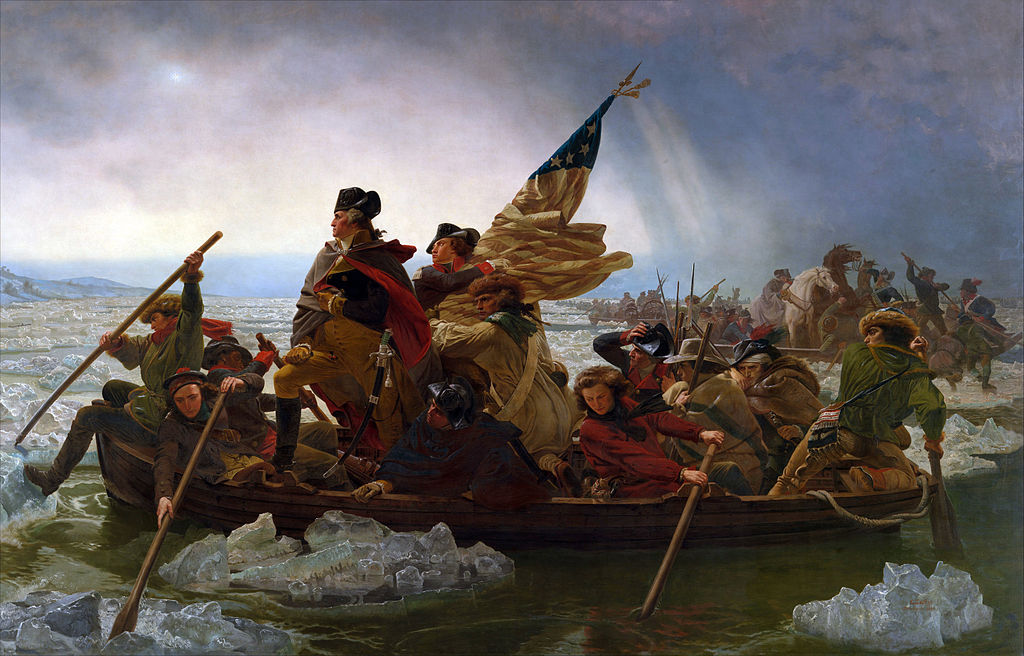
Looking for Painting Contractors in Ohio? Read on…
There are a few different painting contractors that are near Amelia, Ohio and are very good at what they do. If you are looking for painting contractors near Amelia, Ohio I would suggest you look at a few of these places.
TBN Painting is located in Amelia, Ohio and is a very good choice for painting contracting or even lawn work, and have been in business for over six years. TBN Painting is a professional painting contracting service that hires only the best and most skilled professional people. TBN Painting in Amelia, Ohio can paint the interior or exterior of your house, apartment complex, or business. TBN Painting in Amelia, Ohio offers free estimates and consultations and does everything they can to make sure they understand what you are wanting done before it gets done. If you are looking for a dependable and hardworking painting contractor near Amelia, Ohio TBN Painting is the right choice because they have a satisfaction guarantee. They use only the best paint and products to make sure that you are paying the least for the best quality work and also are on time and very professional as well as trustworthy. TBN Painting does not sub-contract out any of their work or employee’s and also are fully-insured and are always looking to better serve the community and their clients. If you are in or near Amelia, Ohio you can contact TBN painting at (513) 734-0210 for your free estimate and consultation.
Bronson’s Painting in New Richmond, Ohio is another great painting contractor option if you live near Amelia, Ohio. Bronson’s Painting does exterior and interior painting work and they use only the best in paint and paint supplies to make sure your job is done the best it can be. Bronson’s Painting is located at 820 Birney Lane in New Richmond, Ohio where they serve the Greater-Cincinnati Ohio area. Bronson’s Painting is known for their great work ethic and getting things done in a timely manner and also is one of the more affordable painting contractors near Amelia, Ohio. Bronson’s Painting is reliable, trustworthy, and is always looking out for their customer to make sure they are satisfied. Bronson’s Painting is one of the best painting contractors near Amelia, Ohio because they are very affordable, and are always on-time with their crew and always have ample supplies that are needed for the job, and they are very hard-working people. If you are near Amelia, Ohio and need painting work done either on the interior or exterior of your house you should call Bronson’s Painting at (513) 685-2582 to set-up an appointment for an estimate.
Robert W. Combes Painting out of Williamsburg, Ohio is another painting contractor option for those who live near Amelia, Ohio. Robert W. Combes Painting does interior and exterior painting work, as well as pressure-washing and other services. Robert W. Combes Painting offers free estimates and they are fully-insured to make sure that they are able to provide the best services possible. Robert W. Combes Painting does small jobs and larger jobs, such as houses, businesses, apartments, garages, and also other painting areas. Robert W. Combes Painting in Williamsburg, Ohio uses only the best quality paint and paint supplies as well as only hire the best and most knowledgeable people. They are very customer service oriented and look to customer satisfaction as their priority by never leaving a job after it is finished until the customer has been satisfied with the work. Robert W. Combes Painting does a lot of different labor-intensive projects and deals a lot with painting and remodeling of homes, and they are considered one of the best painting contractors to call if you live near Amelia, Ohio. If you want to contact them for a free estimate on your painting job and you live near Amelia, Ohio you can contact them at (513) 382-4764 or you can contact them by e-mail at combespainting@fuse.net.
Thank you for reading this article! If you have any further questions about this topic please contact us.









